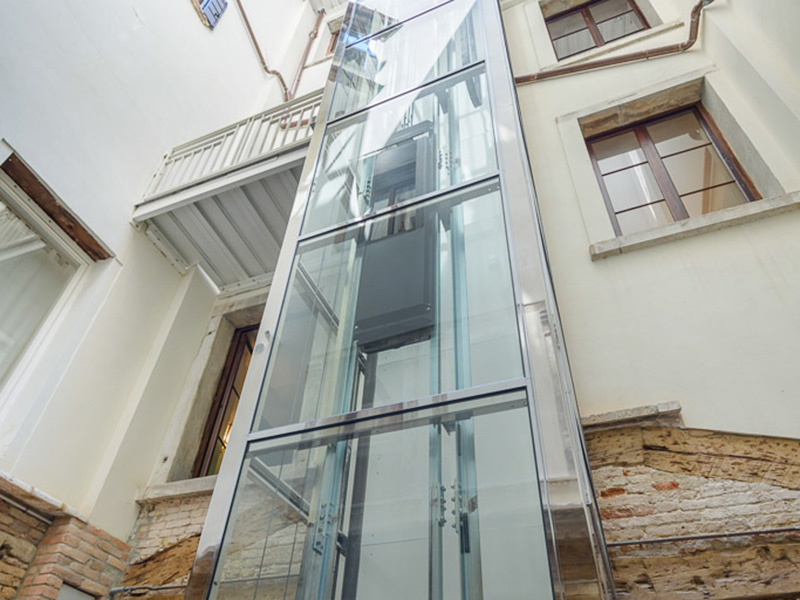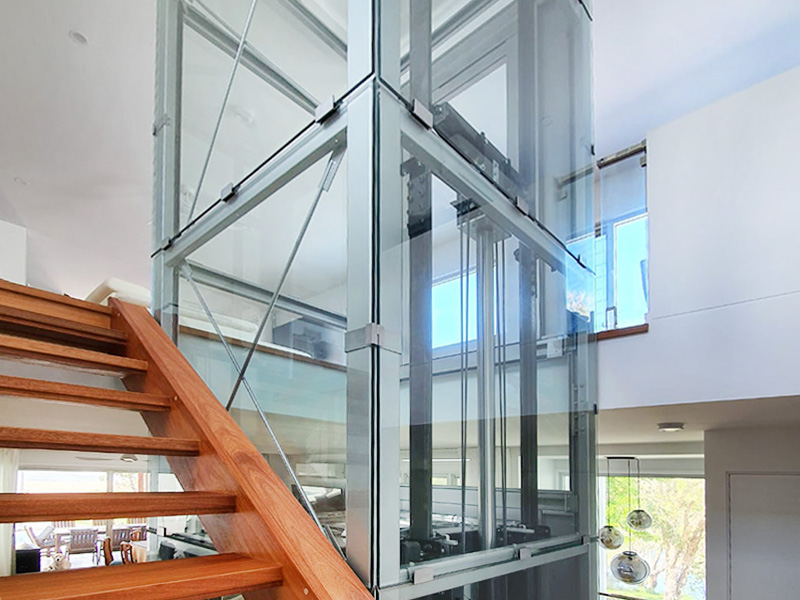When it comes to homelifts, any person is faced with a choice: is it better to have a hydraulic or an electric lift? Let’s find out together what the pros and cons of both systems are in terms of practicality, cost, consumption and maintenance.
Installing a homelift is often the perfect idea to improve the liveability of the home and facilitate vertical mobility. Overcoming the difference in height between floors may in fact be an unavoidable necessity for elderly, frail and people with reduced mobility. Since the homelift is a less ‘invasive’ system, easier to install and tends to be cheaper, it is the first choice for many families. Especially for those who live in fairly small apartment blocks or in multi-family houses.
However, many are faced with a dilemma: is it better to have an electric or hydraulic system? Here are the main differences and methods of operation to learn more about it and choose the most adequate system for your needs.
Electric homelifts: pros and cons
Electric homelifts are, in many quotes, the most traditional. The cabin is in fact pulled by a winch driven by electricity. To ensure a balance of the weights, a counterweight rises or falls in the opposite direction to the cabin. The winch system has improved considerably over the years.
Today, it is no longer necessary to have a machine room and the space required is much less. The winch system is generally recommended for large buildings or apartment blocks reaching six storeys or more. It is also recommended for frequent, not to say intensive, use. Beyond a certain number of trips, in fact, the winch lift is much more cost-effective. Maintenance also tends to be very reasonable. The cons certainly include the higher costs for installation and the larger size.


Hydraulic mini-lift: pros and cons
With the hydraulic technology, the operation is simple: the cabin is pulled by a hydraulic motor, which works by compressing and decompressing mineral oil kept in a cylinder. In this way, there is no need for a winch or external motor, and power consumption is mediated by the physical force of the liquid.
Thanks to its special operation, the descent also consumes a very low amount of electricity, as it is ensured by the force of gravity. It is the ideal choice for small buildings, as it is reliable and – if the number of daily runs is low – energy consumption will be minimal. Another advantage is the incredible flexibility of the system, which also fits perfectly into very tight spaces.
Its cons lie mainly in maintenance. Every ten years the pipes and oils have to be changed, which is quite an expense.
The key is therefore to carefully assess the present and future needs of the residents and to choose accordingly. In small contexts, the hydraulic is advisable, in larger contexts the traditional winch system is better.